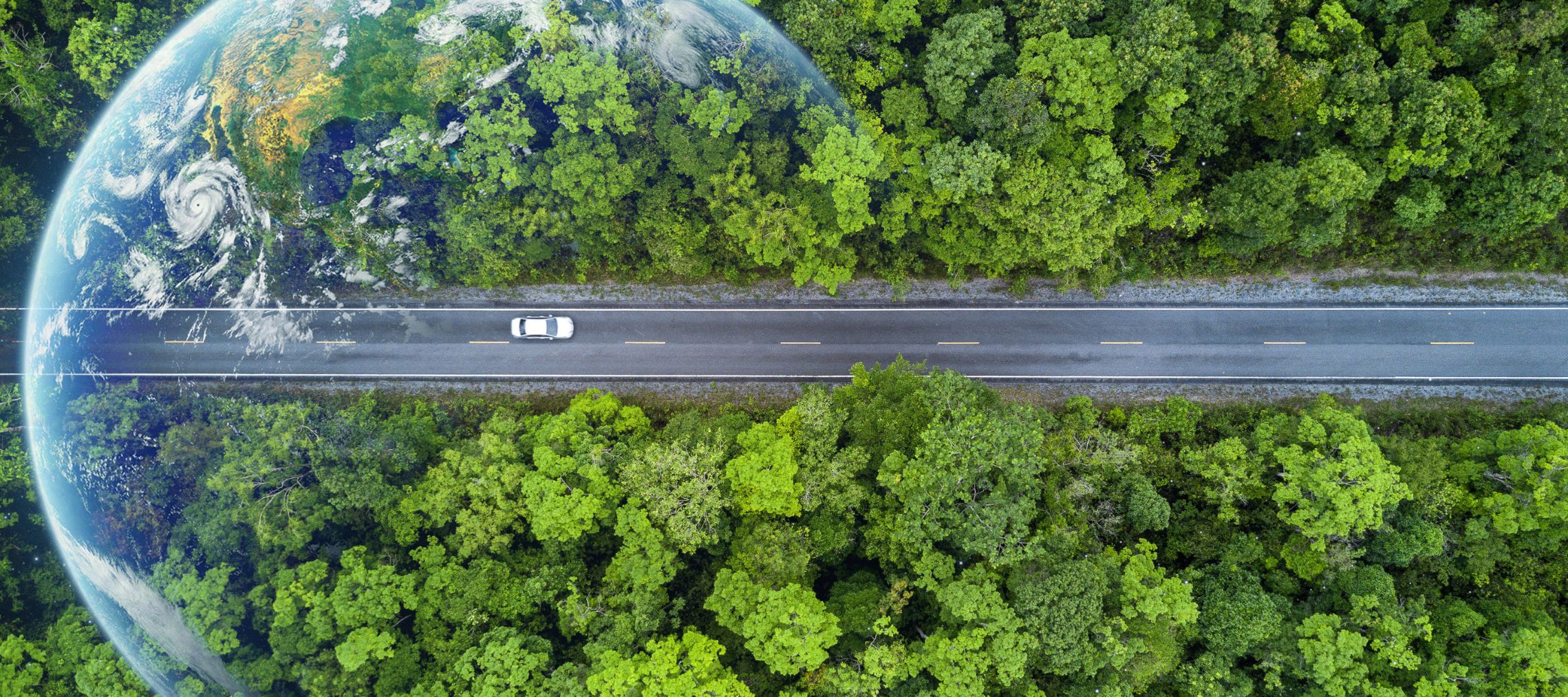Climate adaptation is a dynamic and complex process. This includes risk assessment, adaptation planning, implementation, and monitoring at different scales. Adaptation strategies vary according to specific types of climate hazards, geographical scales, and time frames. However, limited knowledge while dealing with several uncertainties is a major challenge. CSTEP's scientific strategies can help policymakers design and prioritise adaptation measures to meet our climate agenda.


OPINION: Knowing what is at stake - Climate risk assessment for resilience and adaptation
Climate change will amplify the existing risks and create new risks for natural and socio-economic systems. These risks are unevenly distributed and experienced. They are often greater for the disadvantaged or marginalised people (particularly women and girls), and also depend on the geographic location of these communities or ecological systems, such as coasts or mountains. Failing to assess climate risks—current and future—can lead to resource wastage, or worse, maladaptation.
District-Level Changes in Climate: Historical Climate and Climate Change Projections for the North-Eastern States of India
The impacts of climate variability, climate change, and extreme events are visible globally and in India. The Global Climate Risk Index 2021 ranks India seventh, considering the extent to which India has been affected by the impacts of weather-related loss events (storms, floods, heatwaves, etc.). The index signals that the repercussions of escalating climate change are exacerbating and can no longer be ignored.
Realigning Developmental Programmes for Reducing Climate Vulnerability for Adaptation: Case Study of Mahatma Gandhi National Rural Employment Guarantee Scheme in India
India is vulnerable, in varying degrees, to multiple disasters. The risks are compounded due to inherent vulnerabilities related to socio-economic conditions, environmental and climate change. India has several flagship programmes with large budgets, delivering serendipitous adaptation. The MGNREGS is one such programme implementing works related to Natural Resource Management.
Warming Up to Climate Action – Agriculture and Buildings
This series of articles is a joint editorial initiative of ETEnergyworld and CSTEP. It will discuss some of the key sectors in terms of their contribution to India's total greenhouse gas emissions. In the first part of this series, we discussed the transport sector from a climate point of view and argued that a transport decarbonisation strategy should include diverse options for all segments to complement electrification.
District-Level Changes in Climate: Historical Climate and Climate Change Projections for the Eastern States of India
The impacts of climate variability, climate change, and extreme events are visible globally and in India. The Global Climate Risk Index 2021 ranks India seventh, considering the extent to which India has been affected by the impacts of weather-related loss events (storms, floods, heatwaves, etc.). The index signals that repercussions of escalating climate change are exacerbating and can no longer be ignored.
Looking at Sectoral Interdependencies
Risk, in the context of climate change, is a function of three factors — hazards, exposure, and vulnerability.
Moving Away from False-Positive Climate Risk Assessments
Nine months into 2021, and India, a country with a population of about 1.4 billion has already experienced two devastating cyclones, searing heatwaves, and disastrous floods resulting in the loss of hundreds of lives and destruction of crops and property.
Press Release - CSTEP Study: Western States Set for More High-Intensity Rainfall Events
A new study by the Center for Study of Science, Technology and Policy (CSTEP), a Bangalore-based think tank, emphasises the urgent need to build climate resilience in western India. Titled ‘District-Level Changes in Climate: Historical Climate and Climate Change Projections for the Western States of India,’ the study indicates changes in climate patterns that are likely to occur in the western states of India—Goa, Maharashtra, Gujarat, and Rajasthan—over the next three decades compared to the historical period (1990–2019).
Press Release - CSTEP Study: Madhya Pradesh & Chhattisgarh Set for Very High-intensity Rainfall Events Across All Districts
Changing climate patterns—from warmer summer maximum and winter minimum temperatures to heavier and more frequent rainfall and resulting extreme events—are to be expected across the states in Central India, according to a new study by the Center for Study of Science, Technology and Policy (CSTEP).